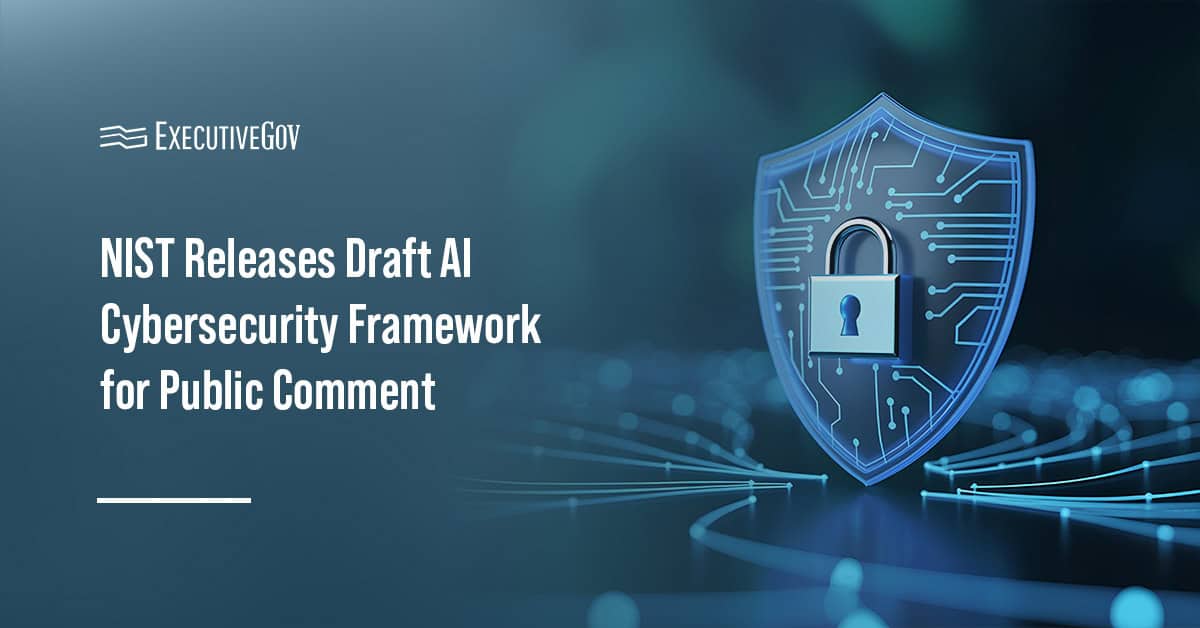The U.S. Space Force has issued its first doctrine, a document that tackles the service branch's approach as a distinct military force and role in joint missions. The "Spacepower" Space Capstone Publication discusses space as a unique domain and will function as USSF's basis for future doctrines that will address various space defense challenges, USSF said Monday.
“The Space Capstone Publication explains why spacepower is a vital element of U.S. prosperity and security – now and in the future – and guides its employment in multidomain operations," said Gen. Jay Raymond, USSF's chief of Space Operations and 2020 Wash100 Award winner.
The doctrine's tackled topics include national and military spacepower, space forces development and the space domain's unique characteristics. The Space Force intends to update the doctrine over time based on future application and evaluation.





